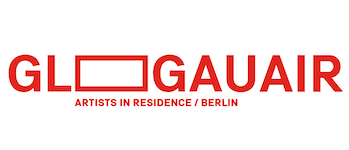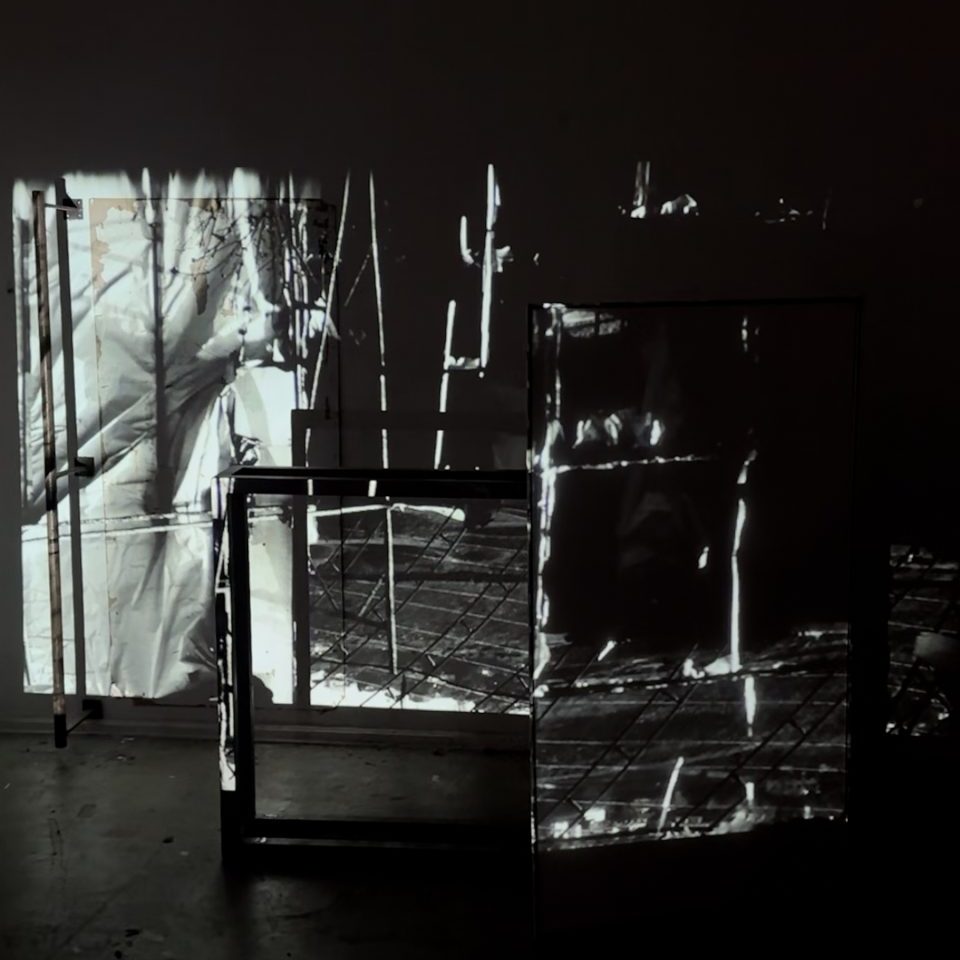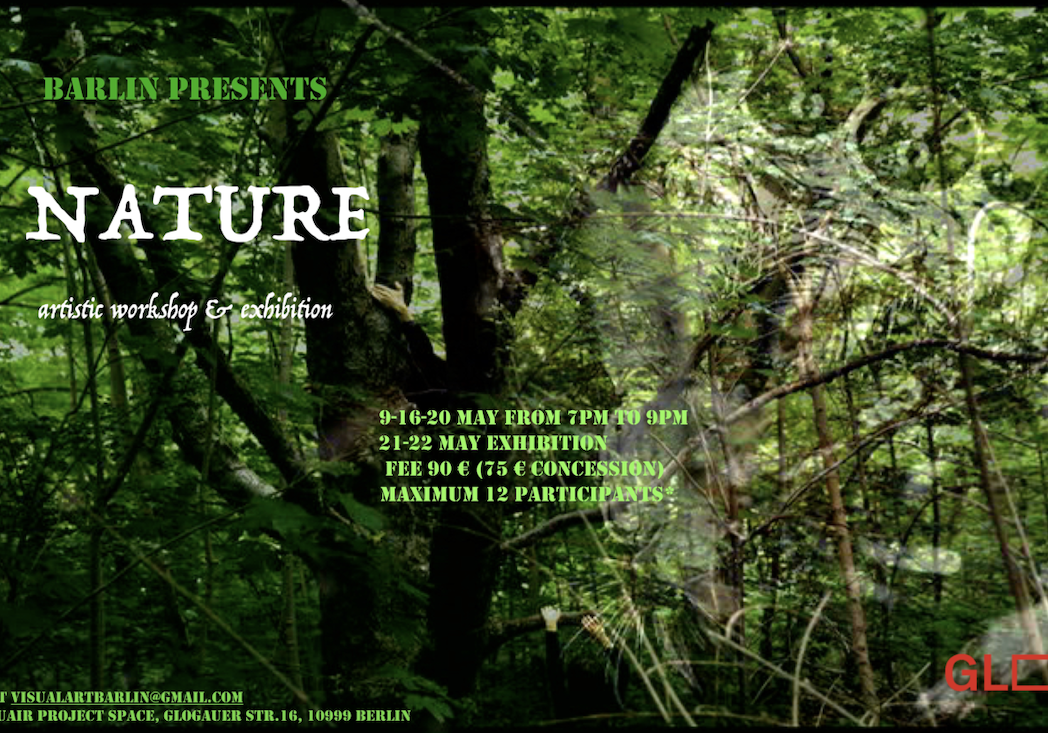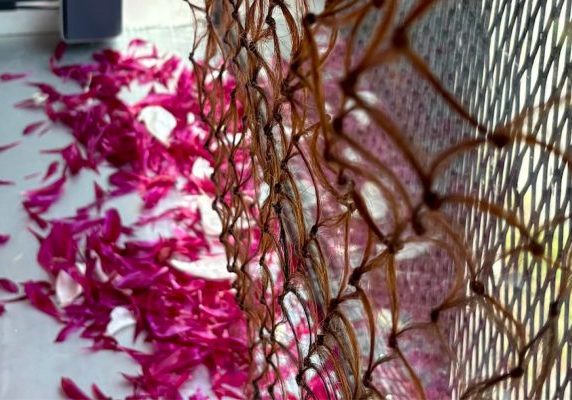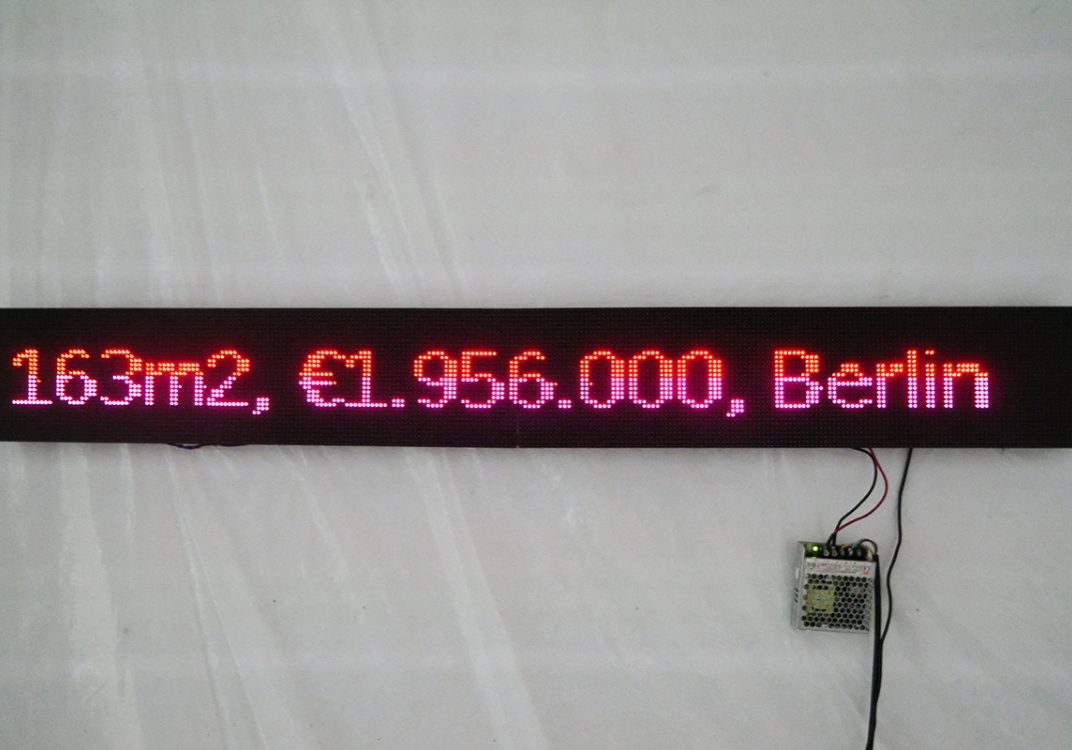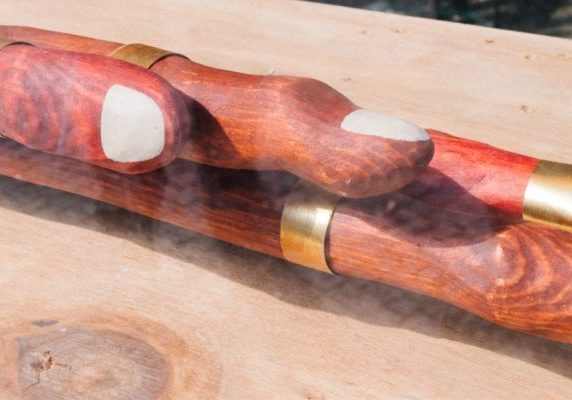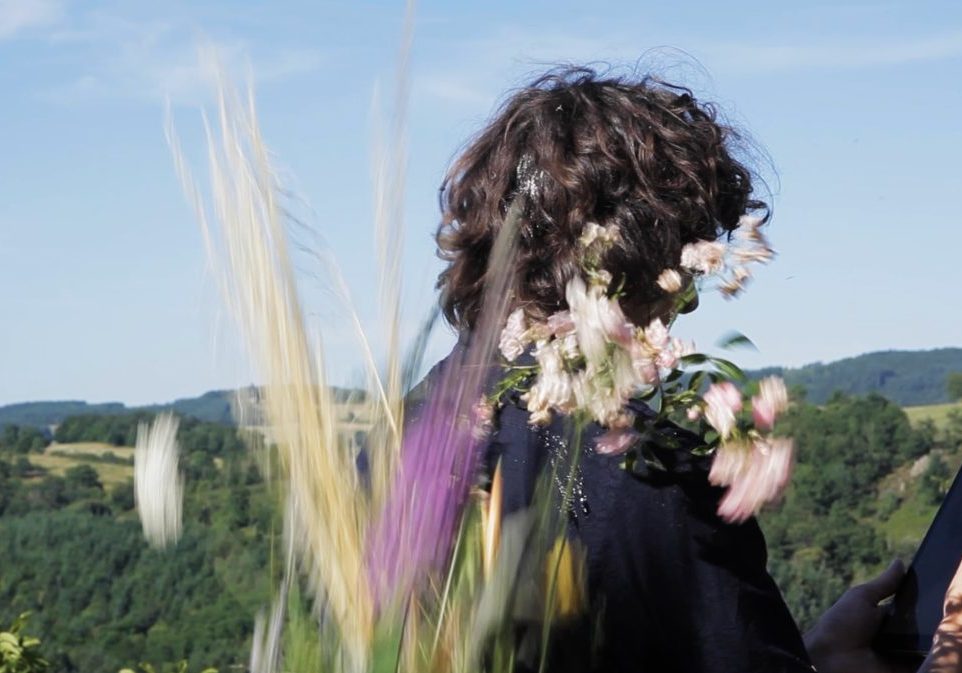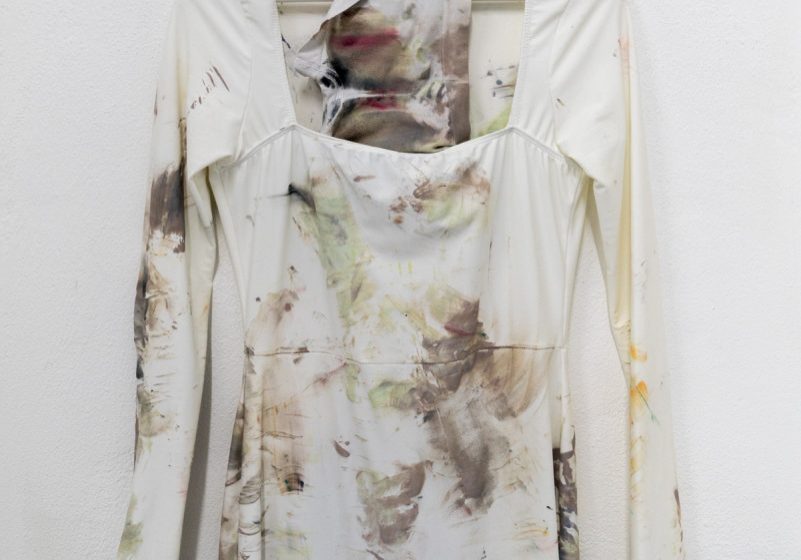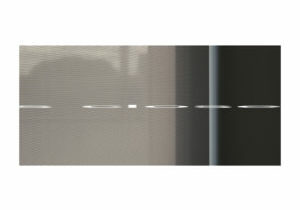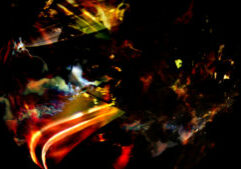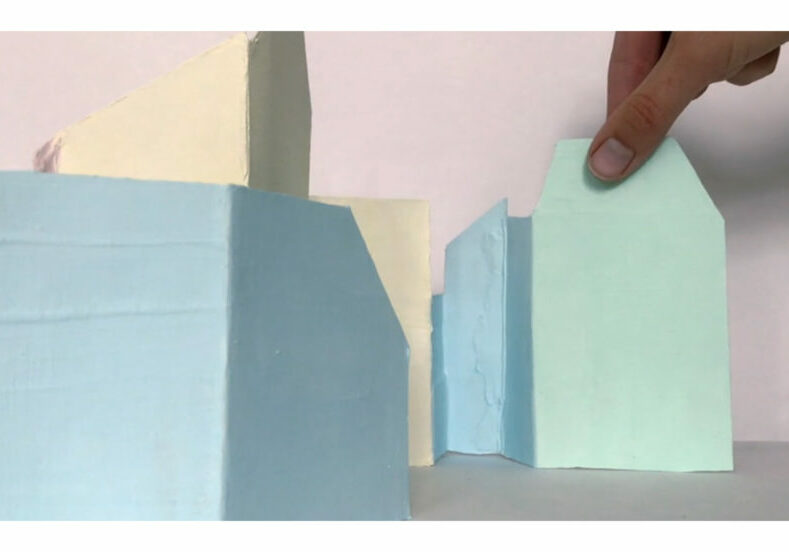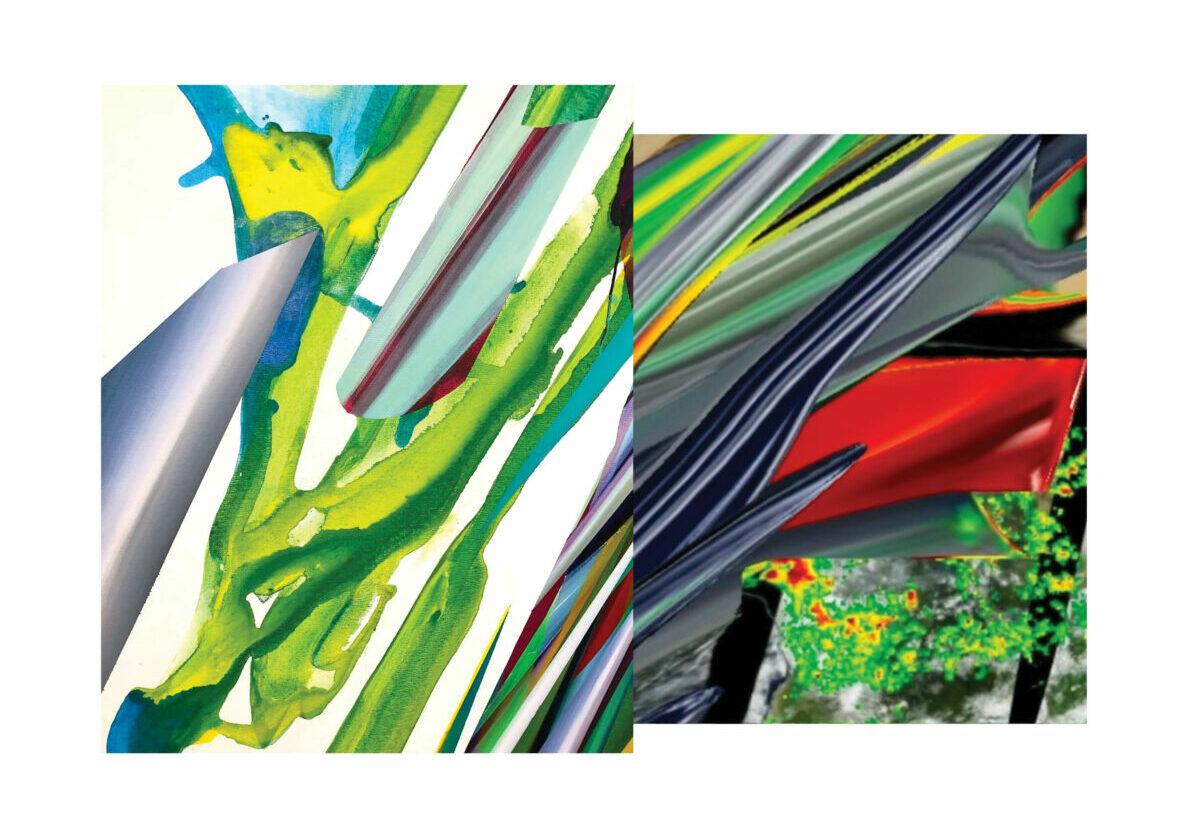Meet the Artist // Farhat
So this is your first residency. How is it going for you?
It’s going well. I think it’s a great space to try to develop and have more of an experience of the process of your work, rather than focusing on the final object that needs to be completely perfect, one that’s going to be isolated in a gallery. It’s more about finding a way to navigate the materials, navigate your aesthetic. And you’re in a building full of other artists with different interests and backgrounds.
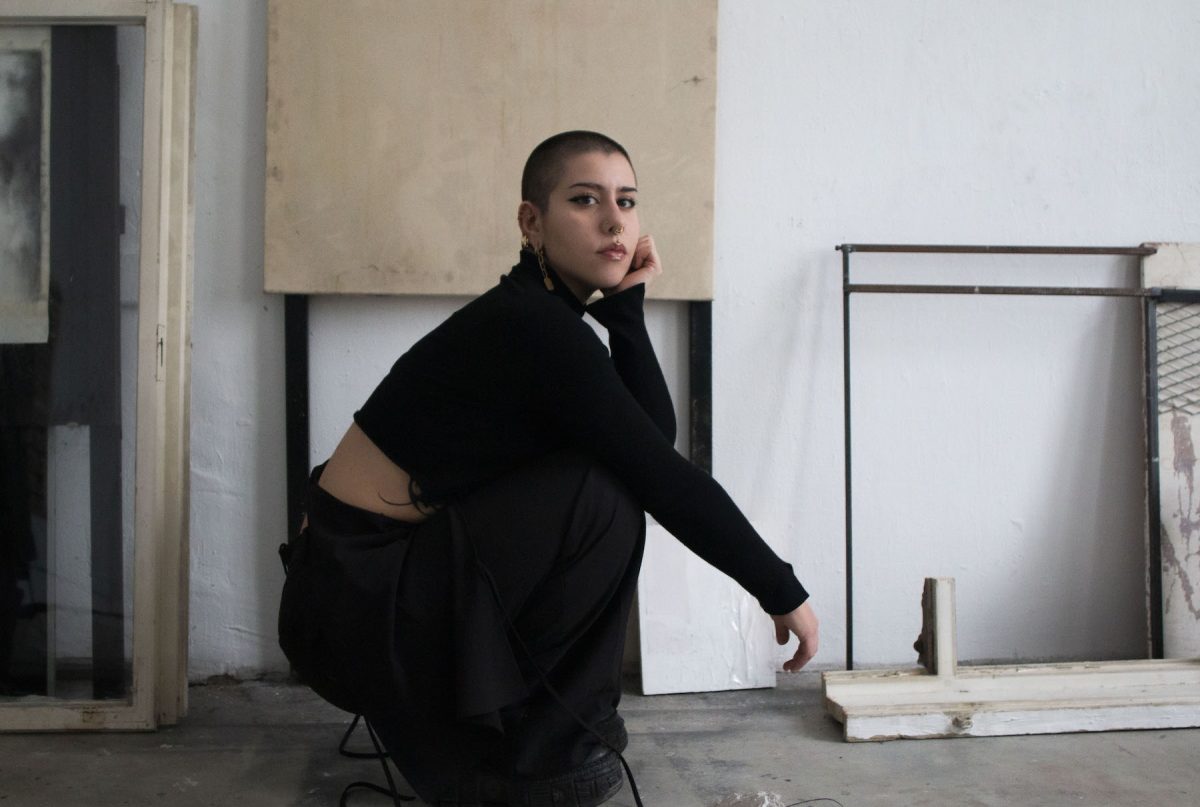
And you inspire each other, I’m sure.
Oh, yeah a lot! It’s really good when you can converse with them each day, bouncing off ideas.
And there’s guidance, you know, in a residency, without it being academic. It helps us to navigate a little bit of the art world, which can be very ambiguous, as we know.
Being in a residency is being so intimate with your art – the fact that you wake up and go to sleep every day and it’s right there. Have you had a studio before, or is this the first?
I had a studio when I was younger, but then I started to work with a lot of metal and bigger pieces, so I worked in workshops, more traditional ones.
The place where I work is very close by but not like this, you know? It’s not so intertwined. This is the first time that I have lived and worked in the same space.
Can you give a little insight into your background as an artist?
I studied sculpture, fine arts. When I was in university, I felt it was only possible to develop a sort of sense of how to conceptualize your work or to develop it. I didn’t feel I learned a lot about techniques and materials. And that’s something that was really missing.
So, when I finished university, that’s when I sat down to learn more of the technical part so that I could join the two things together. I started to work with metal a lot, and I went to a lot of traditional workshops. I learned how to do iron casting with sand, with an older man who was 83 years old. And then I met João Coelho, he is my teacher of everything that I know about metal, and I worked with him in a small workshop.
It’s a very, very small workshop in the center of Porto. And he taught me one of the techniques that I love the most – chiseling. That’s when I started working for the church to do sacred art. That gave me a really good technical foundation to upscale my work. I also went to a factory to learn how to weld. So I know how to solder and to weld, and now I can just combine all of those different techniques and put them into a bigger scale.
Which is what you’re doing now.
Which is what I’m doing now, yeah. All of these pieces are movable. They’re modular. You can add some pieces and interchange them. So my work is mostly about perspective and composition. What I like to do is create possibilities. Someone can intervene and interact with the piece, and show their own individuality and the perspective that they see within the piece.
With the work, it’s mostly me leaving the object and becoming the observer. It’s more subjective than objective. A break in the authority.
In your creative process, are the works always fluctuating? You’re always moving things from one place to another?
Sure, yeah. The work process always starts with photography and with drawing.
The objects I find … I don’t imagine a piece and then look for the objects. I just find the objects and then the piece comes from them. I have the little elements and I start to play with them. They start to interchange, until there’s a point where it makes sense and I don’t change them anymore.
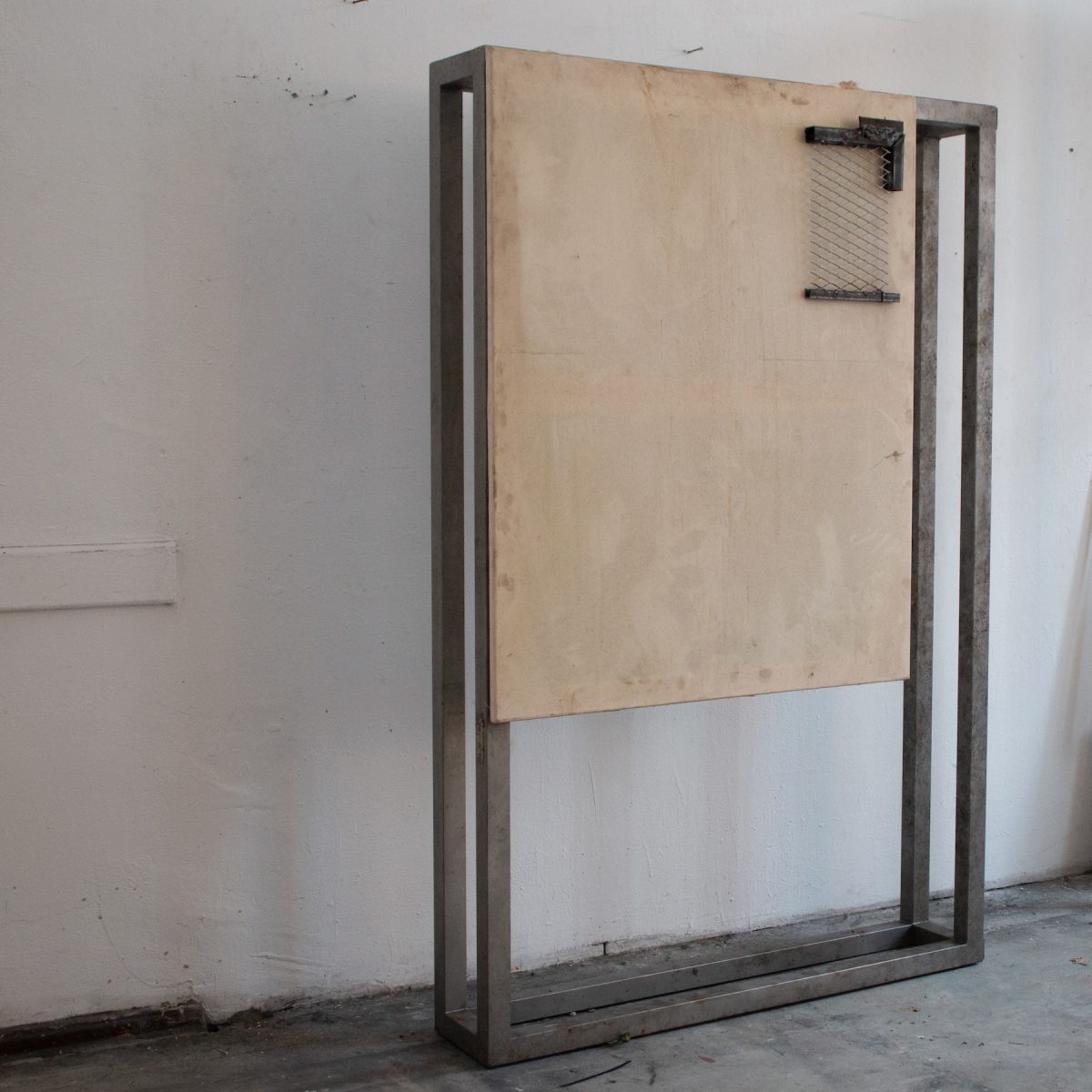
What have you been trying out that’s new for you?
Here, I’m starting to work a little bit with whitel. Normally, I work more with just the metal itself orr black. But here, a lot of the elements that I’ve found have that old chipped paint. It’s always very beige or white, and so that’s starting to integrate into my work.
I got inspired by a lot of the objects that I was finding in the city, because here in Berlin, you have a lot of material on the street. I have no difficulty here finding pieces to work on. The ones that caught my attention always had those colors, and then it just evolved to trying to do something outside of the materials, but it’s the paintings that connect everything.
Has Berlin been influencing your practice in other ways as well?
I think in other ways, it’s given me an opportunity to just experiment a lot on interactiveness within pieces. Aesthetically, as well – observing what’s around me. A lot of the noises, too. It’s chaotic, but also calm.
So I’m painting, I’m doing metal work. Downstairs I’m playing with clay. I’m focused more on textures and transparencies, because I feel like that’s something very relevant here. And visually in the city, with all the different windows or different types of materials that are bonded together. There are visual and sound textures that are very chaotic, but you can still find some sense of cohesion in them.
All of those elements influence the process of the work and the way I approach the objects.
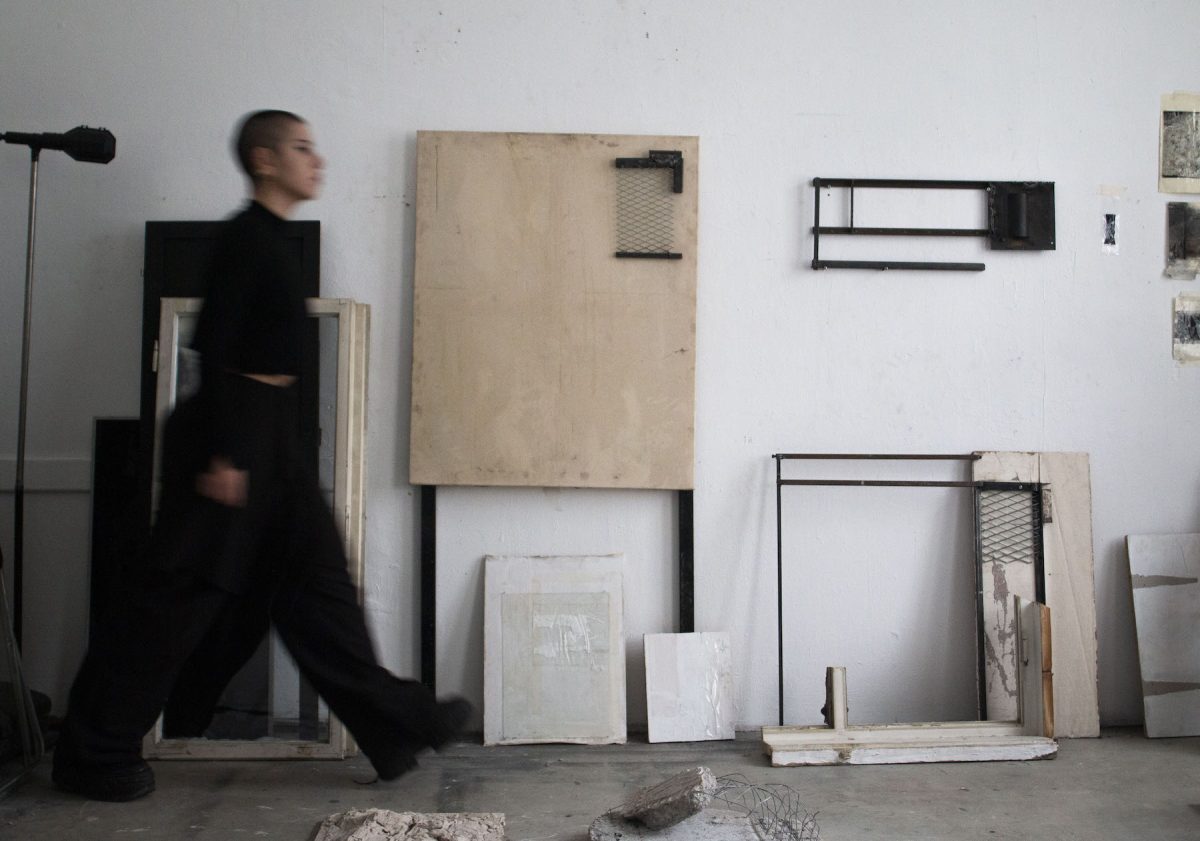
It’s organized chaos.
It’s funny you say that. Because I have a tattoo that says ‘organized chaos’.
That’s awesome. Is that your motto?
I don’t think it’s my motto, it’s just the way it is. It’s an acceptance of how it is.
Is there a way you’ve been making art in this studio that’s different or similar to the one in Portugal?
It’s completely different. Normally I’m used to working with more people in the same space. Normally people that are not doing what I’m doing and are doing completely different things.
I think living and working in the same room is very good, and also not good at all. Sometimes it’s very difficult to have an outside perspective of your work when you’re always in the same space. It blurs the line between when you need to rest and when you need to get into your working mode.
For me, I feel like I need some sort of schedule for work to begin. Then it’s okay.
